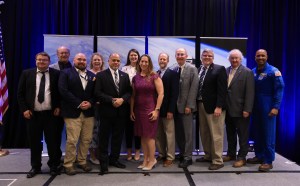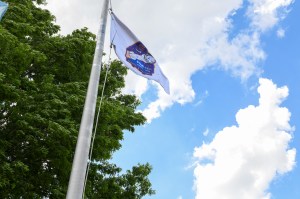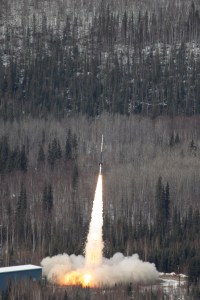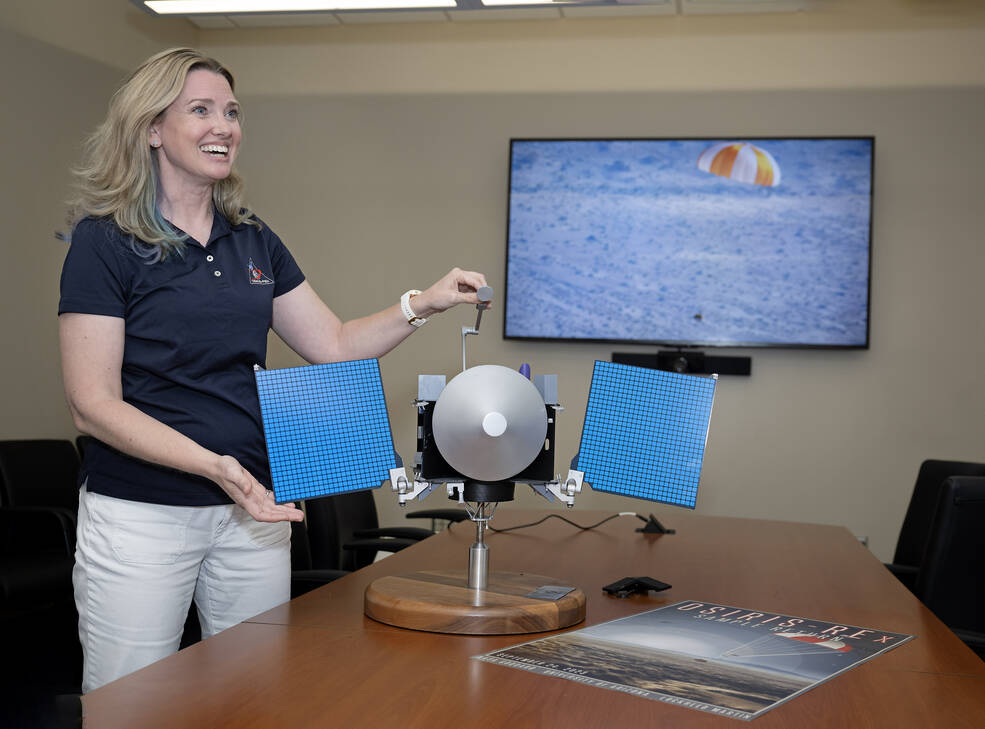
A sample return capsule scheduled to land in a Utah desert later this month will bring NASA one step closer to studying the earliest history of our solar system.
OSIRIS-REx (Origins, Spectral Interpretation, Resource Identification and Security – Regolith Explorer) is due to deliver the capsule Sept. 24 at the U.S. Department of Defense’s Utah Test and Training Range, about 80 miles southwest of Salt Lake City. It’s the third mission in NASA’s New Frontiers Program, which is managed at the agency’s Marshall Space Flight Center and aims to explore our solar system through medium-class robotic spacecraft missions.
Solveig Irvine, who serves as mission manager for OSIRIS-REx at Marshall Space Flight Center, said her team and others have been practicing and preparing for every step of the return process. The sample capsule being delivered by OSIRIS-REx contains regolith from Bennu, a carbonaceous asteroid that may contain the molecular precursors to the origin of life and the Earth’s oceans.
“We have a team that’s ready to bag the sample and take it to temporary clean room onsite, then it will be transferred to the curation team at Johnson Space Center,” Irvine said.
The curation team will preserve about 75% of the sample for future scientists to study, she explained. The remaining 25% will be studied by NASA’s current team of world-renowned scientists and its international partners.
OSIRIS-REx is the first U.S. spacecraft to rendezvous with, study, and return a pristine sample of an asteroid. This unprecedented look at Bennu will help NASA gather information for future robotic and human missions, including those with NASA’s Space Launch System to deep space destinations.
It will also allow NASA to determine Bennu’s physical and chemical properties, which will be critical to know in the event of an impact mitigation mission. Bennu is one of the most potentially hazardous asteroids, as it has a relatively high probability of impacting the Earth late in the 22nd century.
All of this makes Irvine’s job at Marshall that much more important. New Frontiers is part of NASA’s Science Mission Directorate in Washington. In Irvine’s role as OSIRIS-REx mission manager, she serves almost like a mission parent, making sure everyone has what they need when they need it.
Mission managers are the interface between the project and NASA Headquarters, making sure they’re meeting their budget, technical, schedule and level 1 science goals.
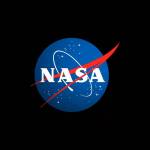
Solveig Irvine
OSIRIS-REx Mission Manager
“There’s a lot of checkboxes, making sure NASA Headquarters knows what’s going on, all the documentation is ready, and that we’re prepared for anything that could happen, because that’s when we’re successful,” explained Irvine.
Irvine said she’s proud to be part of a team that is helping to inspire the generations ahead.
“These missions help educate and excite not only today’s scientists, but the future ones,” she said. “They drive the curiosity and knowledge of the next generation as well as informing us now. If my being part of this mission helps any young person say, ‘Wow, I could do that’ or ‘I want to learn about that,’ then I feel good about my role at NASA.”
OSIRIS-REx arrived at Bennu in 2018, collected its sample in 2020, and has been on a path back to Earth since 2021. After it delivers the sample later this month, the spacecraft will move on to its next destination, Apophis, an S-type asteroid that will come within 20,000 miles of Earth in 2029.
Anyone traveling to Utah for OSIRIS-REx’s arrival is invited to check out the Sample Return Celebration at Clark Planetarium. From 10 a.m.–5 p.m. Sept. 21–23, the planetarium will host special presentations from NASA and other mission partners, fun asteroid-related activities, and even the U.S. Postal Service’s First Day of Issue OSIRIS-REx Stamp Dedication Ceremony.
NASA’s live coverage of the capsule landing will start at 9 a.m. Sept. 24 and air on NASA TV, the NASA app, and the agency’s website.
NASA’s Goddard Space Flight Center provides overall mission management, systems engineering, and the safety and mission assurance for OSIRIS-REx. Dante Lauretta of the University of Arizona, Tucson, is the principal investigator. The university leads the science team and the mission’s science observation planning and data processing. Lockheed Martin Space in Littleton, Colorado, built the spacecraft and provides flight operations. Goddard and KinetX Aerospace are responsible for navigating the OSIRIS-REx spacecraft.
View more information about the OSIRIS-REx mission.
Barnett, a Media Fusion employee, supports Marshall’s Office of Strategic Analysis & Communications.


























